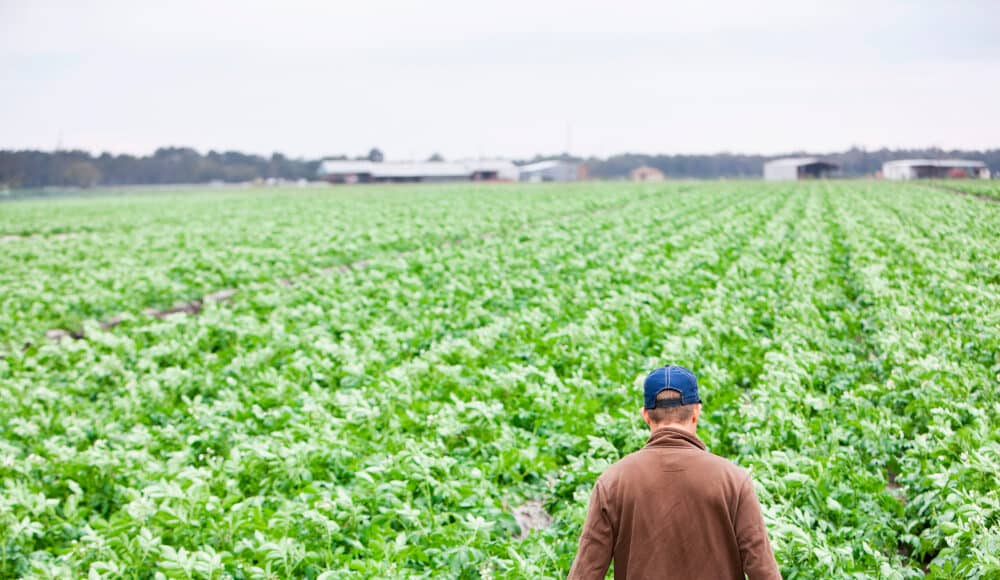Many growers attribute almost everything to weather. I’ve personally stood in fields, carefully examining a crop and preparing to offer my insights on possible issues or problems, only to be confidently told that “the weather” is to blame.
While this is happening, I’m observing the neighbouring field flourishing with a healthy crop. The rain clouds obviously didn’t halt at the fence line, indicating that something entirely different was occurring in these two fields. It’s a situation that could potentially be rectified or prevented if only we dedicate the time and effort to investigate.
Let me emphasize what you can do at this time of year to ensure you’re well-prepared and poised for success, regardless of the unpredictable weather conditions.
Test your soil — Regardless of how your field may appear, it’s crucial to conduct a soil sample in the fall. We strongly believe in implementing a comprehensive soil sampling program that focuses on specific areas within the field. This meticulous approach enables us to gain a profound understanding of the field’s variability, allowing us to effectively address quality concerns, disease threats and pest pressures.
Regular tissue testing is paramount — We have implemented a robust Plant Monitoring Program that continuously tracks the progress of our crops throughout the growing season. By doing so, we create vital benchmarks for the entire field. By consistently monitoring these points, we can anticipate potential issues and promptly adapt our strategies to ensure optimal results.
Avoid misinterpreting tissue sample results — Unlike soil samples, which categorize nutrient levels as low, medium or high, tissue sample results work in the opposite manner. It’s not uncommon for me to receive perplexed calls from growers who question their tissue sample results, which reveal low nutrient levels across the board, despite the field boasting the best crops they’ve ever cultivated. I explain to them that each blue bar graph representing a nutrient acts as a fuel gauge for that specific element. The larger the crop, the more rapidly it depletes those vital nutrients.
If you’ve done an exceptional job assembling your crop and you have high expectations for its performance, tissue sample results showing low nutrient levels might be a little counterintuitive. Your crop is simply signaling its heightened nutritional needs, urging you to provide the essential nourishment it craves for optimal growth and success.








